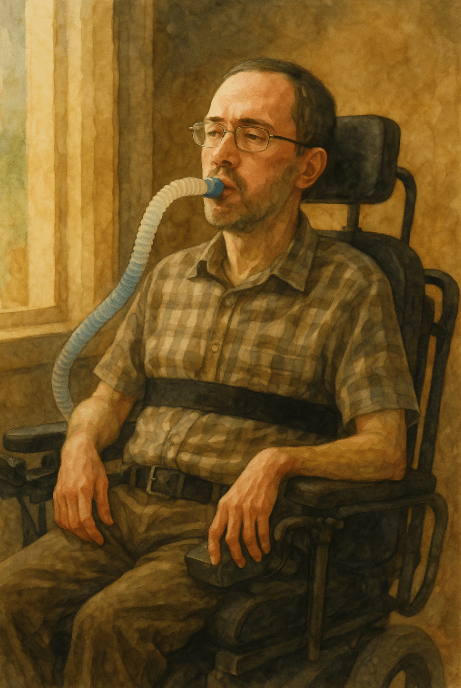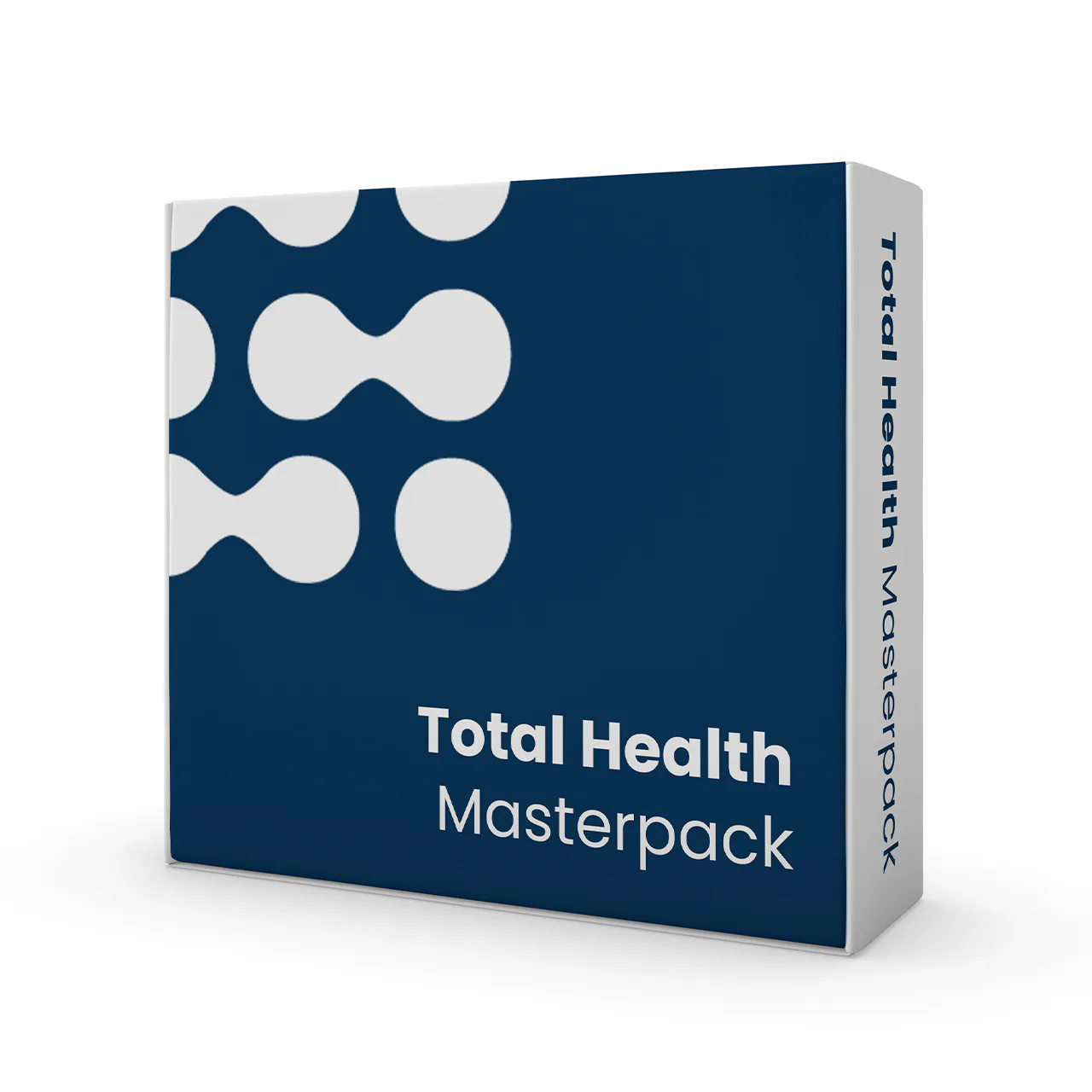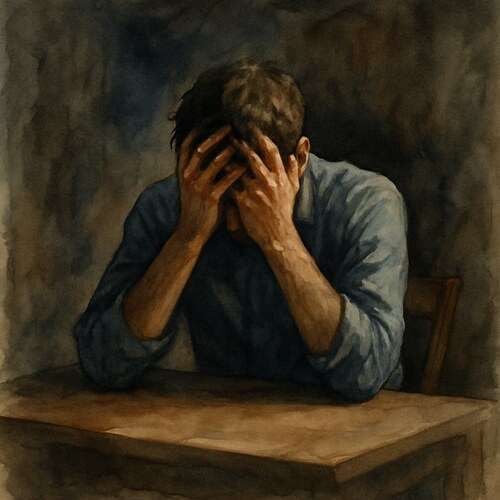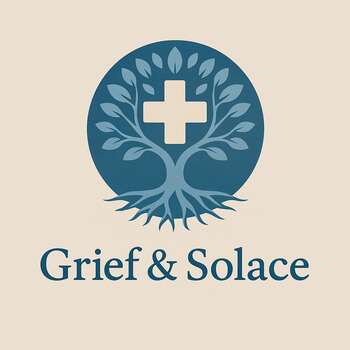Grieving Muscular Dystrophy: Watching Strength Fade Before Its Time
Grief with muscular dystrophy is a quiet erosion, watching someone lose the muscle to run, to lift, to fight, while their heart stays loud.

This post blends real grief with grounded knowledge. It isn’t clinical. It isn’t distant. It’s meant to sit beside you—not above you. The story you’ll read is meant to reflect what so many feel when living through or witnessing this condition: confusion, exhaustion, and quiet forms of courage.
If what you read feels familiar, please speak with your doctor. Your pain deserves more than silence.
His Muscles Weakened, but His Will Never Did
He used to run…
I don’t say that out of nostalgia; I mean it because it mattered. Before the braces, the chair, and the machines humming beside him like artificial lungs…he ran. Fast, wild, reckless. Like someone trying to outrun time. And maybe he was.
The diagnosis came with numbers we didn’t understand: types, genes, progression rates…Duchenne, Becker, Limb-girdle. It didn’t matter which; they all carried the same quiet message, as if delivering it softly would lessen the blow: “His muscles will waste away.”
They offered this news delicately, with science. But it still felt like being thrown into a sea without a map or a boat, caught off guard and adrift.
We watched as he began to trip more frequently, to struggle rising from chairs, to lose strength in inches—first his ankles, then his thighs, then his shoulders, finally his breath.
He stopped asking to play outside. He no longer raced to the door when we returned home. Instead, he measured joy by how long he could remain upright before gravity asserted its dominance.
🧠 Symptoms:
general:
– Progressive muscle weakness
– Muscle stiffness or pain
– Difficulty rising from sitting or lying position
– Trouble walking or frequent falls
– Enlarged calf muscles
– Delayed growth or motor milestones
– Learning disabilities (in some types)
duchenne muscular dystrophy (DMD):
– Onset: Early childhood (usually boys)
– Frequent falls, waddling gait
– Walking on toes
– Large calf muscles
– Learning and developmental delays
– Loss of walking ability by early teens
becker muscular dystrophy:
– Similar to Duchenne but milder and later onset (teens to 20s)
– Slower progression
myotonic dystrophy:
– Inability to relax muscles after use
– Affects face and neck first
– Long face, drooping eyelids, swanlike neck
– Potential cognitive and endocrine issues
facioscapulohumeral dystrophy (FSHD):
– Weakness in face, shoulders, upper arms
– Scapula may protrude like wings
– Onset: teenage years or later
congenital:
– Present at birth or before age 2
– Can be mild or severe
– Affects both boys and girls
limb girdle:
– Weakness starts in hips and shoulders
– May cause tripping and difficulty lifting feet
– Onset: childhood to young adulthood
Yet, even as his body surrendered ground, his spirit refused to budge.
He cracked jokes from his hospital bed, dubbed his feeding tube “Steve,” and defeated us in video games using just one hand and a voice-command joystick. He laughed at his own breathing machine for sounding like Darth Vader. He even requested to be wheeled outside to see the stars, saying, “I wanna remember how big things still are.”
People occasionally stared…at the chair, at his crooked posture, at the breathing mask.
But he never flinched. He regarded them as tourists in his kingdom, and that kingdom? It extended far beyond the four walls of that room.
He taught us that independence isn’t solely about walking; it’s about making choices. And he made his deliberate choices every single day—what to wear, what to read, whom to forgive, what truly mattered.
Even when swallowing became a challenge, even when his speech slowed and the ventilator remained on overnight, even when his body felt like a battleground, he showed up.
Complications:
– Loss of ability to walk or use limbs
– Contractures (shortened tendons/muscles around joints)
– Breathing difficulties (may require ventilation)
– Heart problems (cardiomyopathy, arrhythmia)
– Scoliosis (curved spine from weak back muscles)
– Swallowing issues and malnutrition
– Respiratory infections
Causes:
– Genetic mutations that disrupt proteins needed for healthy muscle
– Each type linked to a specific genetic error
– Most forms are inherited
– Some cases occur due to spontaneous mutations
For us. For himself. For a life that never ceased being his.
He once said, “My muscles are quitting, not my mind. And not my joy.” And when he uttered those words, God…he wasn’t just brave; he rose above the disease.
I held his hand on the tough nights, the ones when the machines beeped too loudly, when breathing required immense effort, when time felt unbearably cruel.
And still…he smiled. Because he was still here. And that alone was an act of defiance.
Risk Factors:
– Family history of muscular dystrophy
– Duchenne type most common in boys
– Can affect any race or sex depending on the type
The body betrayed him…but the boy, the man, the soul? Never once backed down
📘 Diagnosis & Treatment
diagnosis:
– Physical exam and symptom history
– Blood test (elevated creatine kinase from muscle breakdown)
– Genetic testing to identify specific mutation
– Muscle biopsy to assess muscle tissue changes
– Electromyography (EMG) to test electrical muscle activity
– Imaging (MRI, ultrasound) to assess muscle structure
– Heart and lung function tests (ECG, echocardiogram, spirometry)
treatment:
medications:
– Corticosteroids (e.g., prednisone, deflazacort) to improve strength
– New gene-modifying therapies (e.g., eteplirsen, golodirsen for Duchenne)
– Heart medications (ACE inhibitors, beta blockers)
therapy:
– Physical therapy to maintain mobility and flexibility
– Occupational therapy for daily living adaptations
– Speech and respiratory therapy as needed
– Stretching and range-of-motion exercises
– Aquatic or low-impact aerobic activity
assistive devices:
– Braces to support limbs and slow contractures
– Wheelchairs, walkers, and mobility aids
– Ventilators or BiPAP for breathing support
surgical interventions:
– Correct spinal curvature (scoliosis)
– Contracture release
– Pacemaker for heart rhythm support (in some cases)
preventative measures:
– Vaccination for flu and pneumonia
– Avoid exposure to infections
– Monitor bone health (due to steroid use)
coping and support:
– Multidisciplinary care teams: neurologists, PT/OT, cardiologists, pulmonologists
– Family education and long-term planning
– Support groups and counseling
– Adaptive school and home environments
– Emotional preparation for progressive mobility changes
I know this is heavy, and I understand that the road ahead may feel like a tangle of loss and unanswered questions. But please hear this: you are not broken because you are hurting; you are not weak because you are afraid. You are living through something real, and survival itself is a kind of grace. You are allowed to struggle, you are allowed to hope, and you are allowed to not have all the answers today. Whatever comes next, you do not face it empty-handed; you carry every moment of love that shaped you, and that will always be enough to keep going.
🎀 Gifts to help With Muscular Dystrophy
🏥 Everyday Comforts for Everyday Battles
Managing Muscular Dystrophy often means needing a little extra help.
Sometimes it’s about restoring dignity, ease, or simply getting through the day with less pain.
These carefully chosen tools aren’t just items; they’re small bridges back to living.
This section is about finding practical support, never shame.
Reclining Shower Wheelchair – Full-Body Dignity for a Body Losing Strength
As muscular dystrophy progresses, standing, balancing, and even sitting unsupported become impossible. This reclining shower wheelchair offers a safe, comfortable way to maintain hygiene without risking collapse or caregiver strain. Water-draining design, locking wheels, and adjustable recline ensure both stability and respect. It’s not about convenience—it’s about preserving control when the body takes it away.
🌿 Paths to Healing Beyond the Map
Sometimes traditional medicine isn’t enough.
If you’re exploring gentle, alternative options to help with Muscular Dystrophy,
you might find comfort in plant-based compounds like **CBD or CBG**.
*This section is not medical advice, just a door left open.*
USA Medical Total Support Pack – Gentle Back-Up for a System in Gradual Collapse
Muscular dystrophy weakens the body but also brings fatigue, sleep disruption, and emotional overwhelm. This Total Pack offers CBD, nervous system calm, and gentle pain support to ease the journey, especially in later stages. It won’t rebuild muscle. But it may help the person inside feel less abandoned by their body.
Need a Different Path Forward?
Every journey through grief looks different. Choose the next step that speaks to where you are now:
When You're Ready to Start Healing
Healing doesn’t mean forgetting.
It means finding small ways to carry your grief with strength and grace.
These are the stories, tools, and gentle steps to begin walking forward…at your own pace.
When You're Still in the Thick of It
Sometimes healing feels like a lie.
If you’re not ready to move on…if the pain still roars louder than the world wants to hear…this is the place where you’re allowed to feel it.
No sugarcoating. No pretending. Just truth.
When You're Holding on to Who’s Still Here
Grief reminds us to love louder.
If someone you love is still with you, this is your place to celebrate them, honor them, and create new memories while there’s still time.
Joy and sorrow can live side by side.






